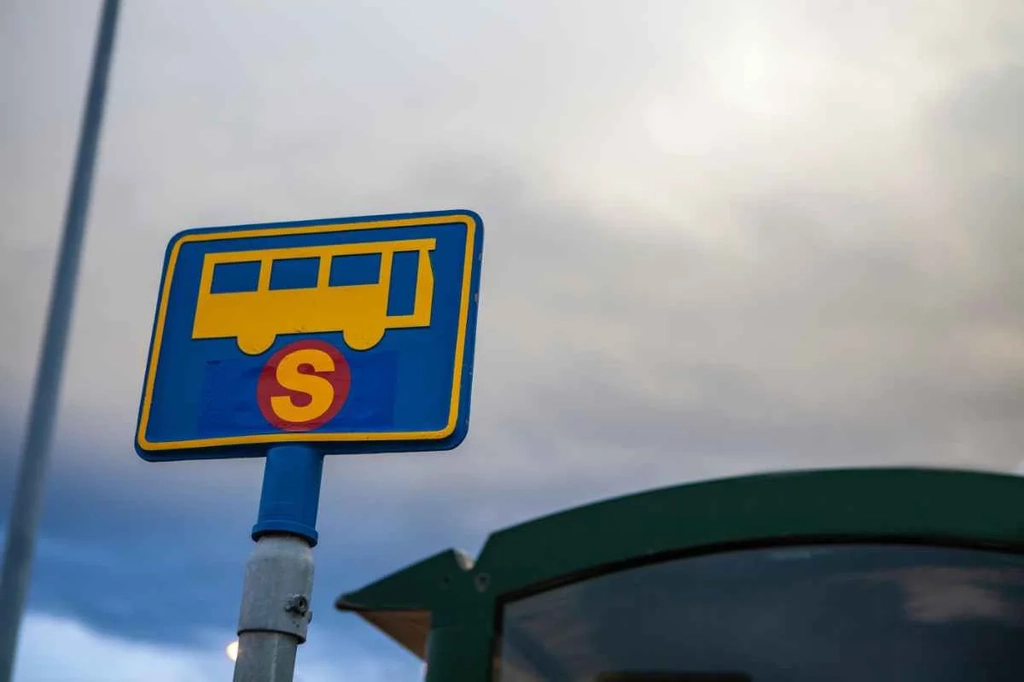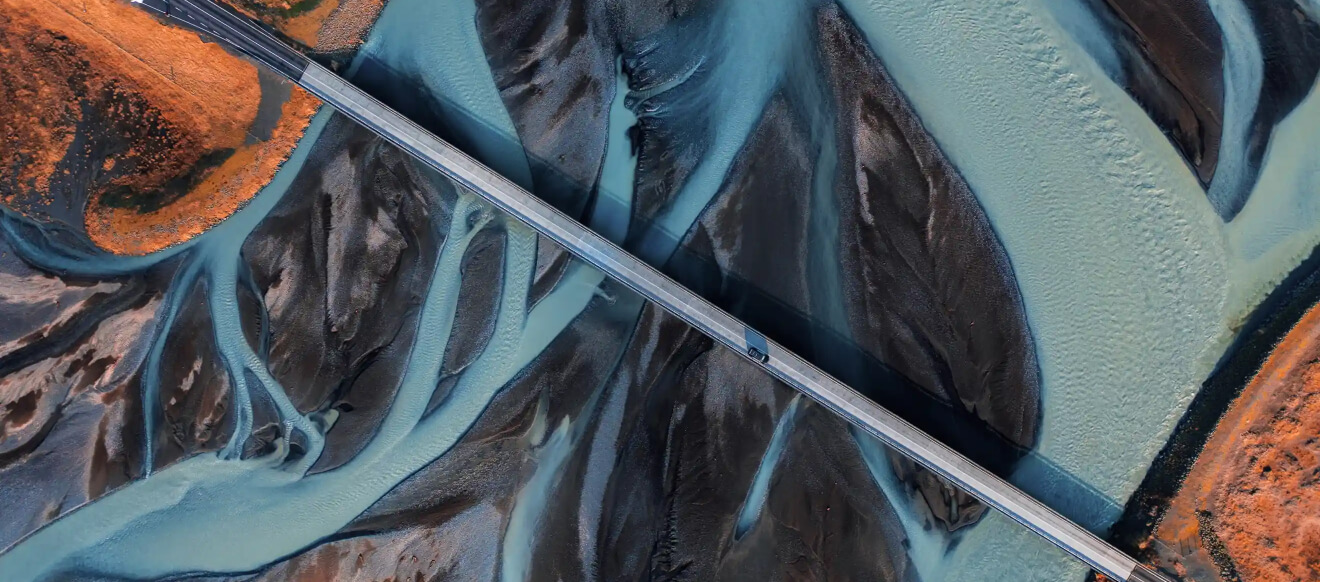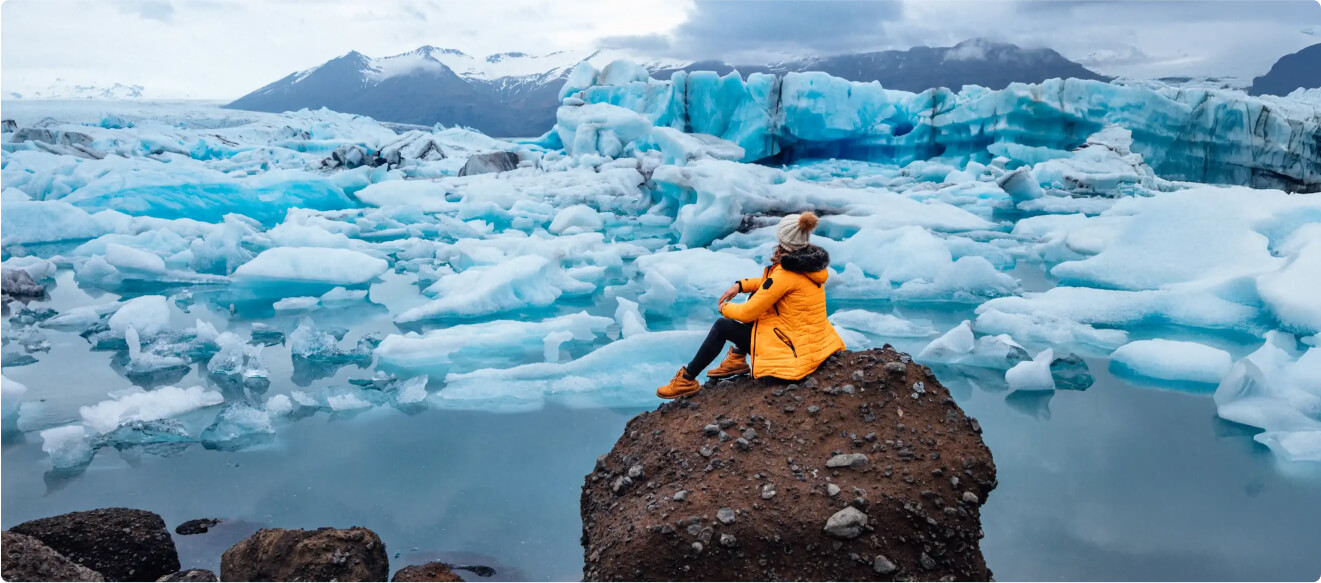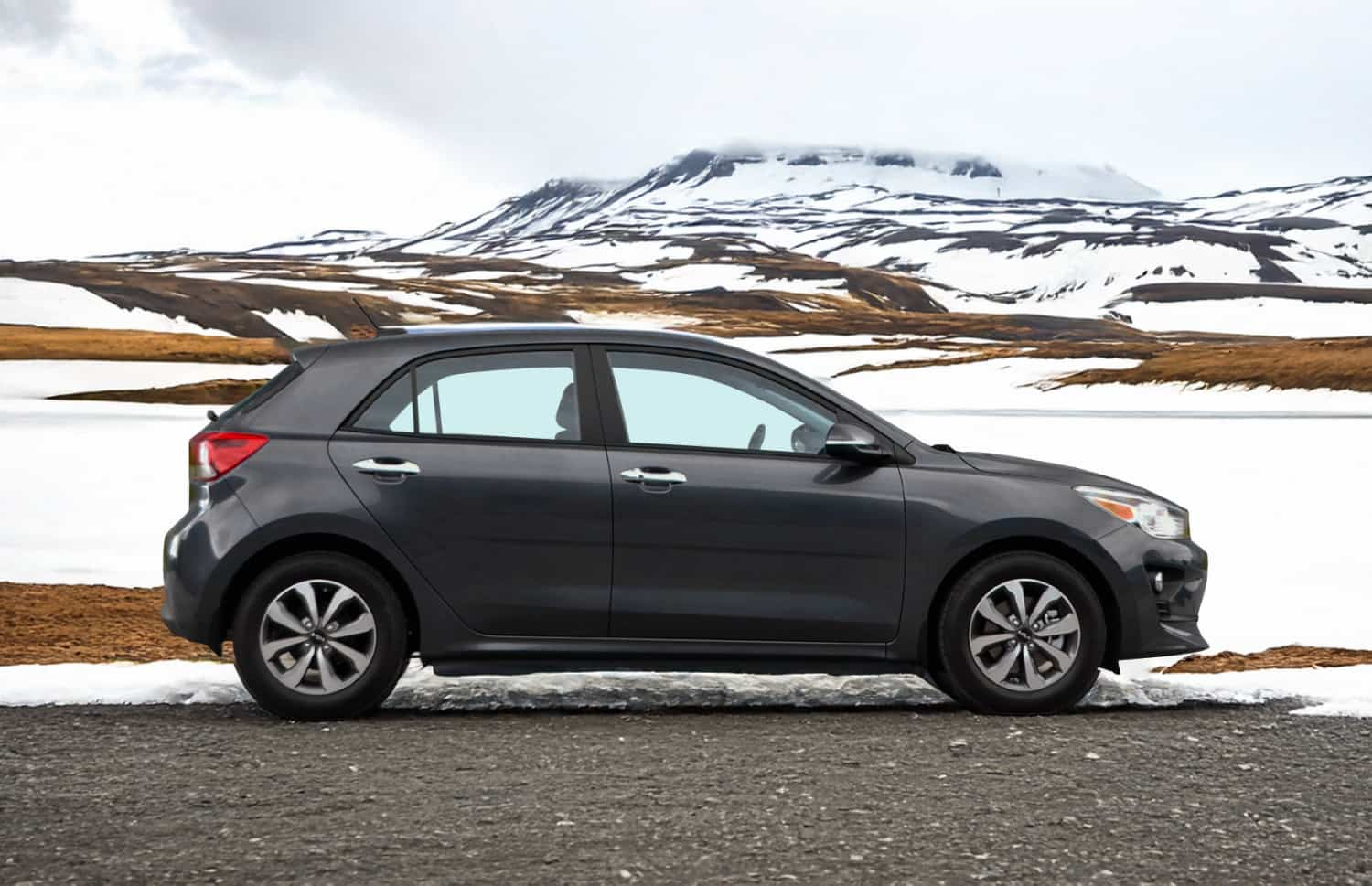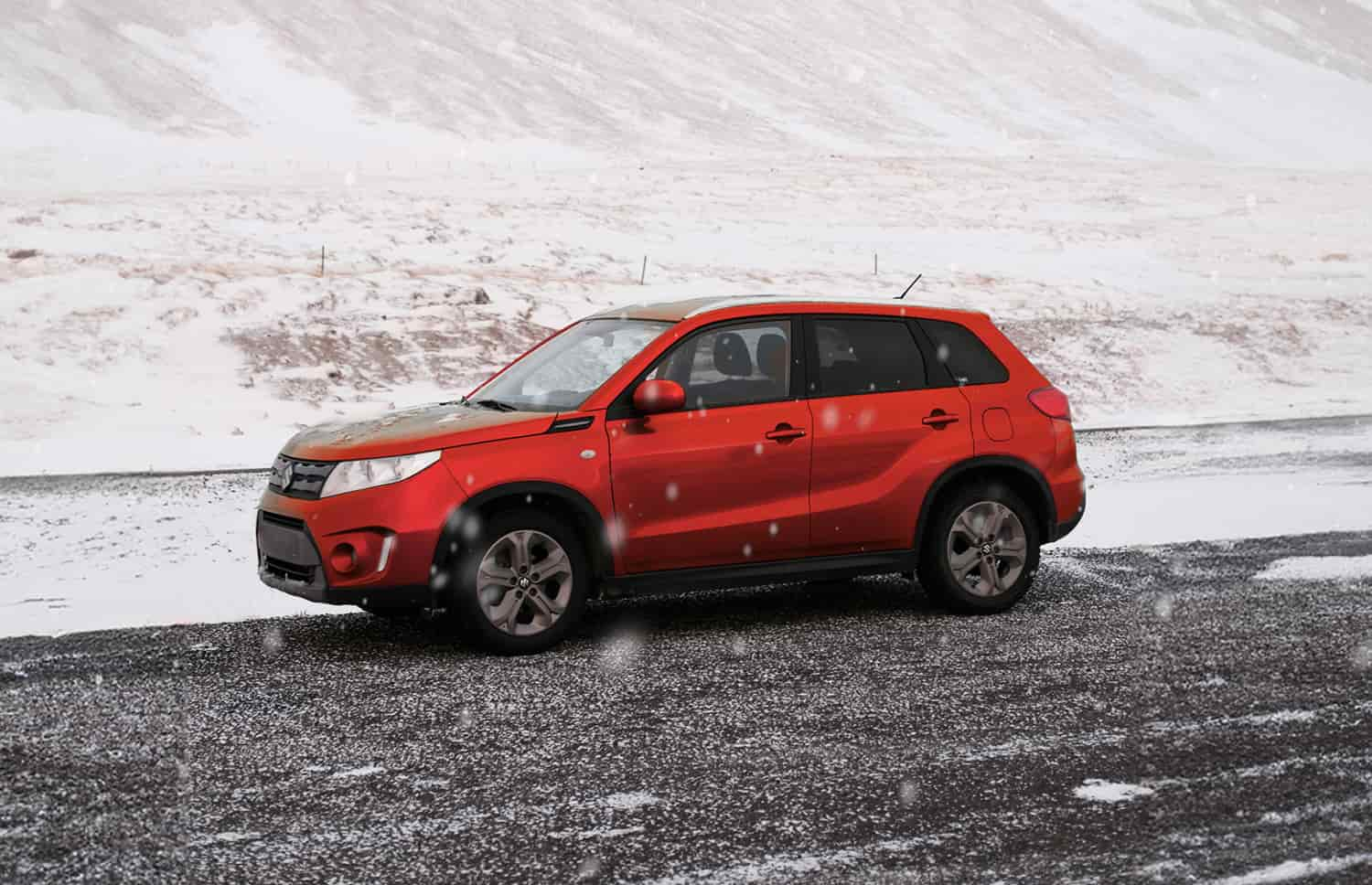Iceland may be a small island, but that doesn’t mean that we don’t have any public transportation in Iceland. It might not be on the scale that you’re used to back home, but you’ll still be able to get around.
But Iceland transportation can be affected by the seasons. Many want to know if they’ll be able to reach all the attractions and activities they have on their Iceland trip itinerary. In this article, we’ll tell you exactly what to expect from transportation in Iceland and answer questions such as “does Iceland have a railroad?”.
Public Transportation in Iceland: How Does it Work and is it Reliable?
There are many public transport options in Iceland and it is very reliable – if you take note of the changing operational hours. As we’ve already touched on, public transport in Iceland is impacted by the seasons. But more on that a little later.
Public transport is not a problem in the bigger cities here on the island. However, public transport in Iceland also becomes scarcer the more you venture into the remote parts of the country. When it comes to public transportation in Iceland, we have the following options available:
- Shuttles
- Taxis
- Ferries
- Domestic Flights
- Buses
And if you are also asking a very common question we get here on the island: “are there trains in Iceland?” No, we don’t have overland trains and we also don’t have underground trains.
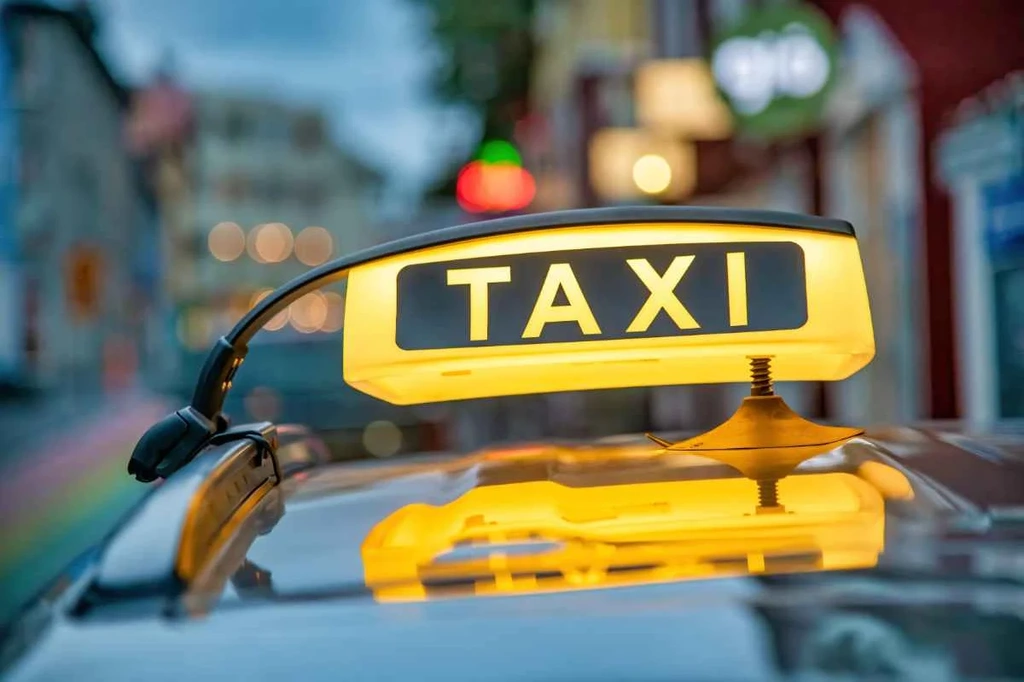
Iceland's Public Transport in Summer
Summer in Iceland is considered to be our peak season here on the island. That means that Iceland’s transportation systems will be running at max operating hours. When it comes to the Iceland bus system, it means that you can hop on an Iceland bus at least every 15–30 minutes.
And ferries will be making multiple trips each day. Just keep in mind that peak season also brings along peak season prices, so you might need to fork out a little more (especially when it comes to flights).
Iceland's Public Transport in Winter
Winter season is generally what we call the “down” season here on the island. So, in general, operating hours change. But this is not just because there aren’t as many visitors to cater to as during the summer months. It’s also due to the fact that the weather heavily impacts our roads here.
Driving during the colder months can be tricky with snow and icy patches on the road. You also need to contend with our legendary Icelandic winds that can often leave you feeling like they want to take over the driving for you. With road conditions making driving slower, you simply cannot cram in the same number of trips. Sudden road closures due to weather conditions can also chuck a spanner in the works.
When it comes to mid-winter, you’re also left with only 4 hours of daylight hours each day. Iceland's shorter days, tough roads, and reduced ridership will lead to schedule adjustments and fewer trips.
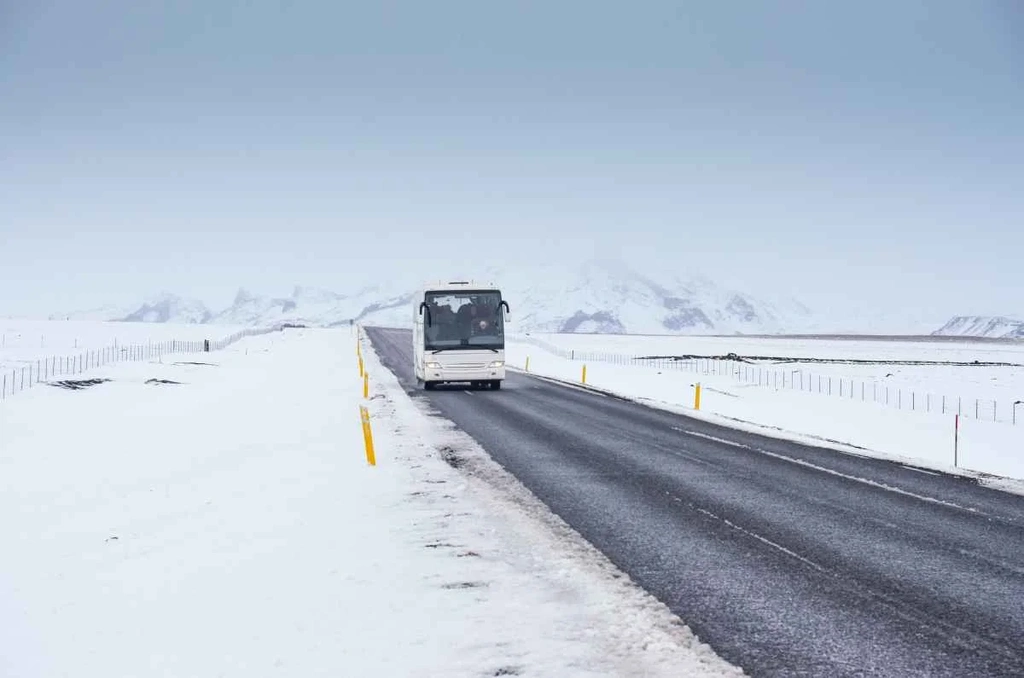
How Much Does Public Transportation Cost in Iceland?
Prices may slightly differ due to seasonal changes, demand etc. Still, the following should give you a good idea of what to expect when it comes to the prices of public transportation in Iceland:
- Shuttles: To and from the airport = $35 for a one-way trip; To and from popular activities/attractions on the island = from $130
- Taxis: Base fare = $5.50; Per additional kilometre = $2.20
- Ferries: Per person per one-way trip = $35; Per vehicle per one-way trip = $35
- Domestic Flights: Per adult per one-way trip = $215 - $250; Per child per one-way trip = $150
- Buses: Per person for a single fare ticket (inside city limits) = $4-$7; Per person for a single fare ticket (cross country trips) = $65-$100
When it comes to the prices of public transportation in Iceland, it is important to mention two things:
- If you intend to rent a vehicle during your trip, rental agencies have close business relationships here on the island. If you ask them about discount vouchers, they’ll be able to offer you discounts for anything. From activities to accommodation and, yes, transport!
- Look into the passes that one can buy on certain ferries and buses. Purchasing a weekly or a monthly pass might work out cheaper in the long run than continuously buying single fares and one-way tickets. And the Reykjavík City Card, for example, will give you access to the hop-on and hop-off buses all throughout the city.
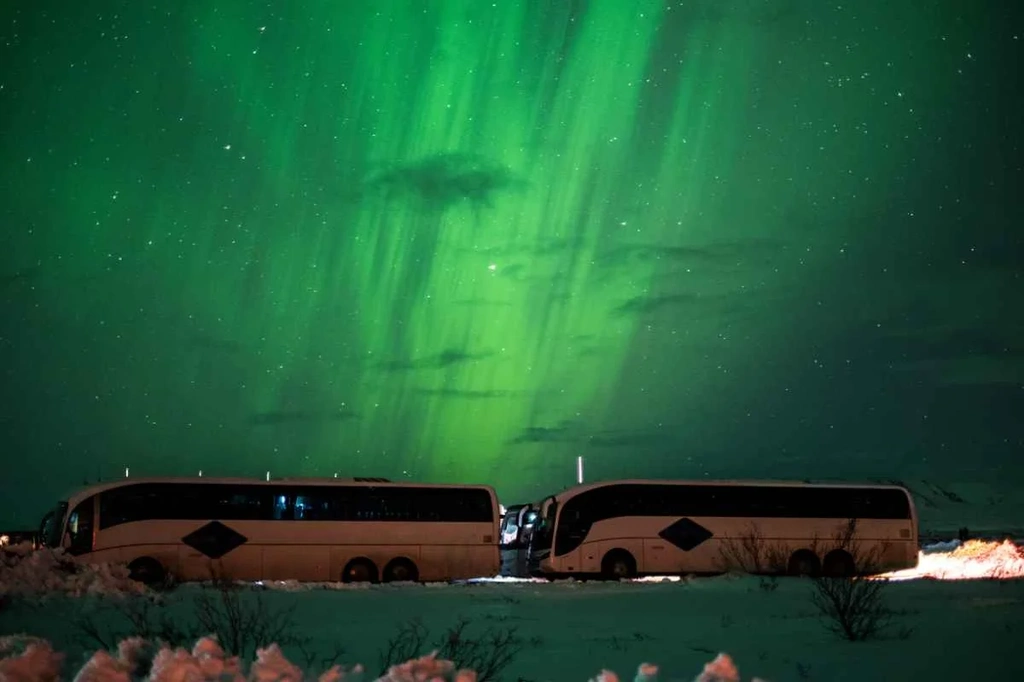
Public Transportation in Reykjavík
As the capital city, public transport in Reykjavík is top-notch. When it comes to Reykjavík public transport, the most-used public transport is the Reykjavík bus system called Stræto. These yellow buses in Iceland generally run between 06:30 to 01:00.
To check operating hours or buy tickets, you can check the Stræto website or app. If you are looking for buses to Keflavik Airport, read our next section.
Public Transportation to and From Keflavik Airport
Here you also have a number of options. You can use the No. 55 Stræto bus, or you can opt for the Flybus. Alternatively, if the buses don’t take your fancy, you can opt for a taxi or an airport shuttle.
If you're short on time and far away, take a domestic flight to Reykjavík Airport and then use one of the options mentioned above to get to Keflavik.
Public Transportation in the Rest of Iceland
Generally, if you don’t have your own rental, you can use the Iceland bus system or domestic flights to get to other towns and cities on the island.
In all the major cities in Iceland, such as Vik or Akureyri, the public transport will look very similar to that of Reykjavík. Maybe just a bit less intensity due to less demand, of course. To get to more remote regions such as the Highlands or the Westfjords things get a little trickier.
There is the option of the Highland Bus that departs from Reykjavík to Landmannalaugar every day. But to explore the area, you won’t find a multitude of public transport, if any.
The same goes for the Westfjords in Iceland. It’s fairly simple to get to the Westfjords via bus, flight, ferry, etc. but properly exploring the region without being on a guided tour or having your own rental car will be difficult.
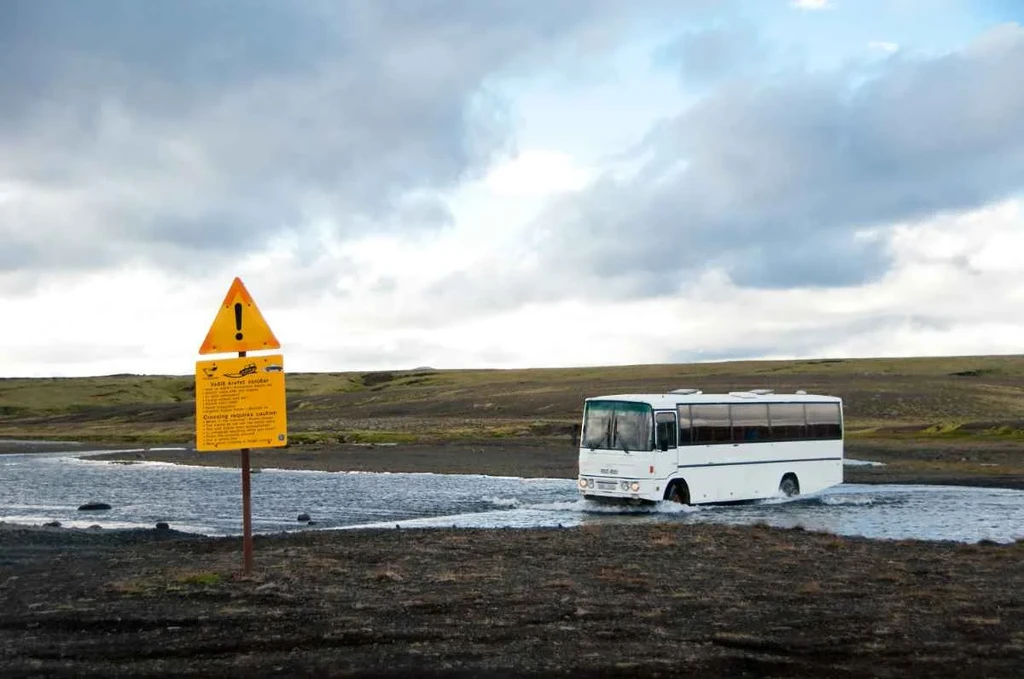
Top Attractions you can Reach by Public Transportation
As mentioned earlier, some popular island attractions are accessible by public transportation. There are quite a number of them, so you’ll need to do your own in-depth research into the specific things you want to see and do, but these are a few examples:
Public Transport to the Blue Lagoon in Iceland
Transport from Keflavik Airport or Reykjavík to the Blue Lagoon is legion. You can opt for one of the many shuttle transfers available, or you can make use of Iceland buses such as the Destination Blue Lagoon bus or Flybus.
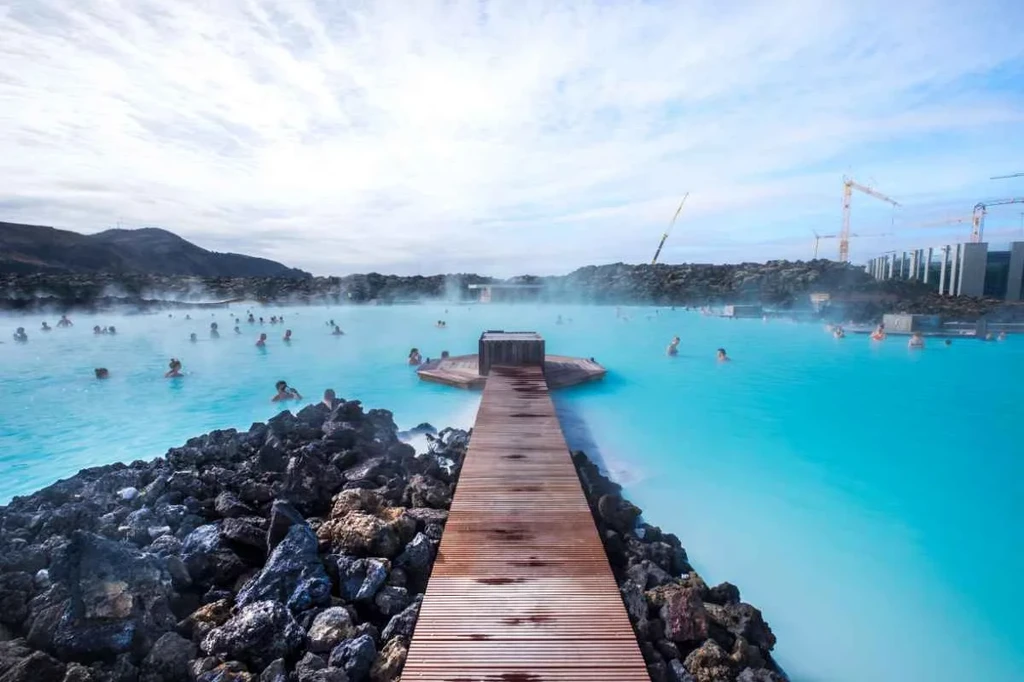
Public transport to Jökulsarlon Glacier Lagoon in Iceland
Once again, you have quite a few options. The most popular options are taking bus lines 1, 5, 6, 11, 15, or 57 from Reykjavík. These will get you close to Jökulsarlon Glacier Lagoon.
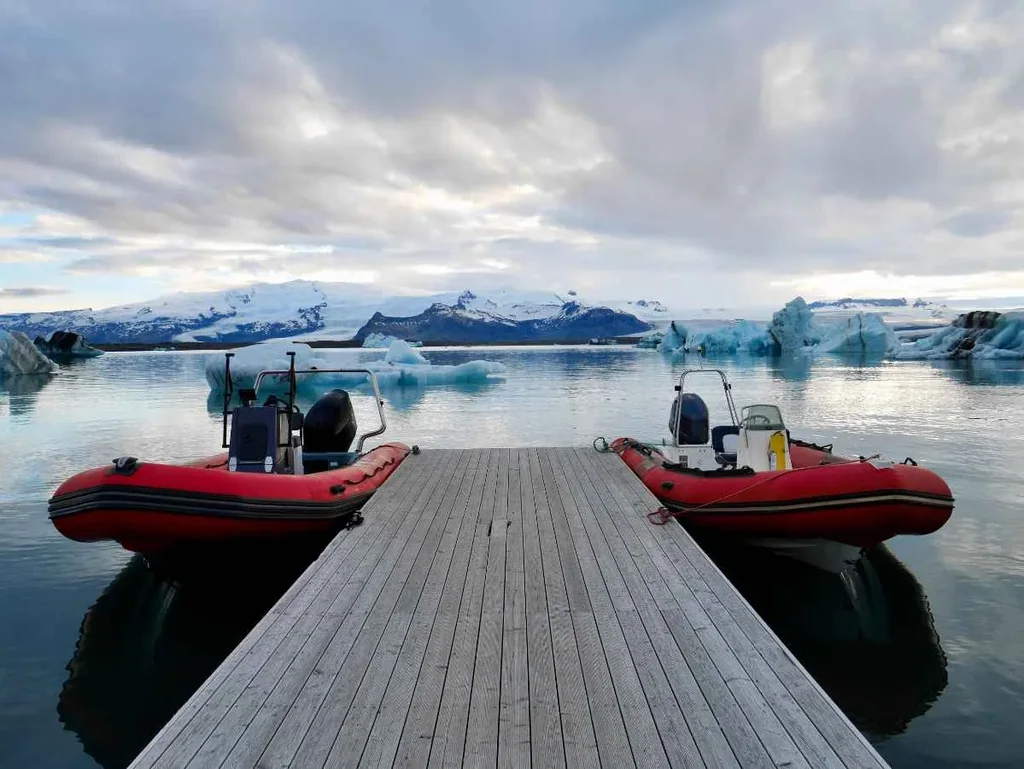
Public Transport to Thingvellir National Park in Iceland
The closest you’ll get to Thingvellir National Park is by taking the bus from Reykjavík to Reykjavegur/Reykjabyggd. Then, take a taxi from there to the park.
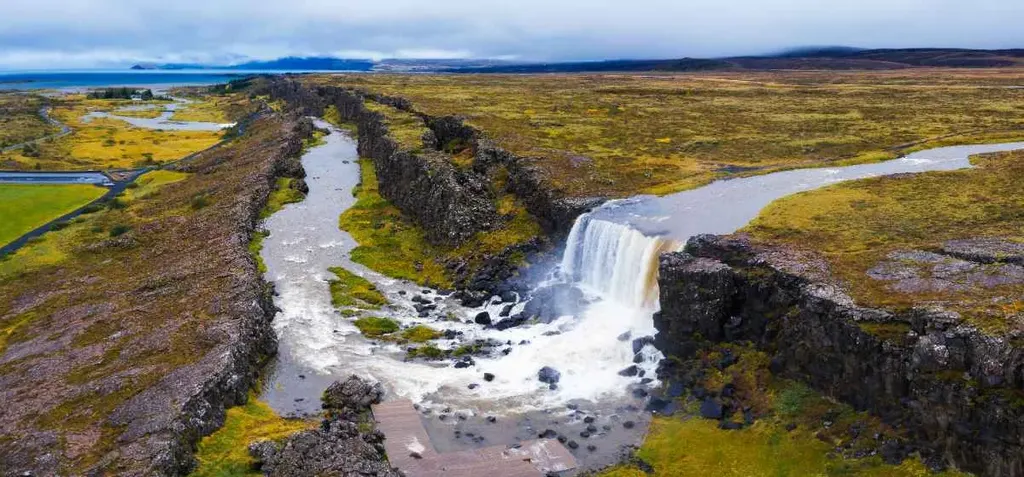
Public Transport to the Skogafoss Waterfall in Iceland
Getting to Skogafoss Waterfall from Reykjavík is pretty easy. Simply take the No. 51 bus to Selfoss and then transfer to the No. 52 bus that will take you straight to Skogafoss.
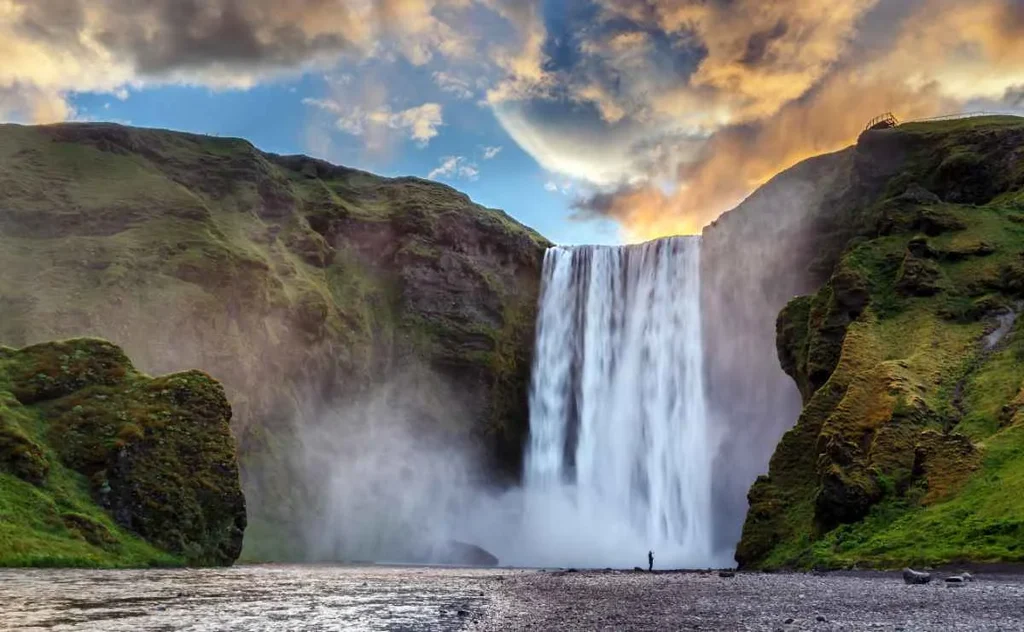
Car Rental vs. Public Transportation: What's the Best Choice to Visit Iceland?
We are strong believers that the best way to explore the island is by renting a car in Iceland. Public transportation is helpful if you are planning on only staying within the limits of a city. Or you’re only planning on booking spots on guided tours to see some of the local attractions.
Even if you do have a rental car, public transport is a nice way to cut down on gas costs whilst in and around the city. But, as you can see from our Highlands, Westfjords, and Thingvellir examples above, if you want to truly explore the island, especially the more remote regions, you’re going to need your own transport.
Public Transportation in Iceland; be in the Know
After learning about Iceland's bus and public transportation options, it's time to plan your itinerary. To prepare, download the public transportation of Iceland map before embarking on your Icelandic adventure.




